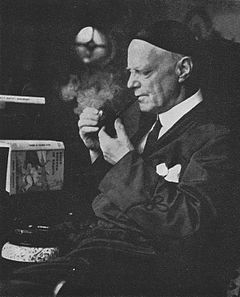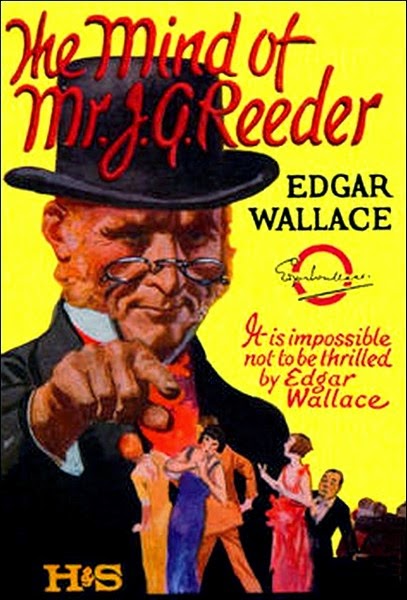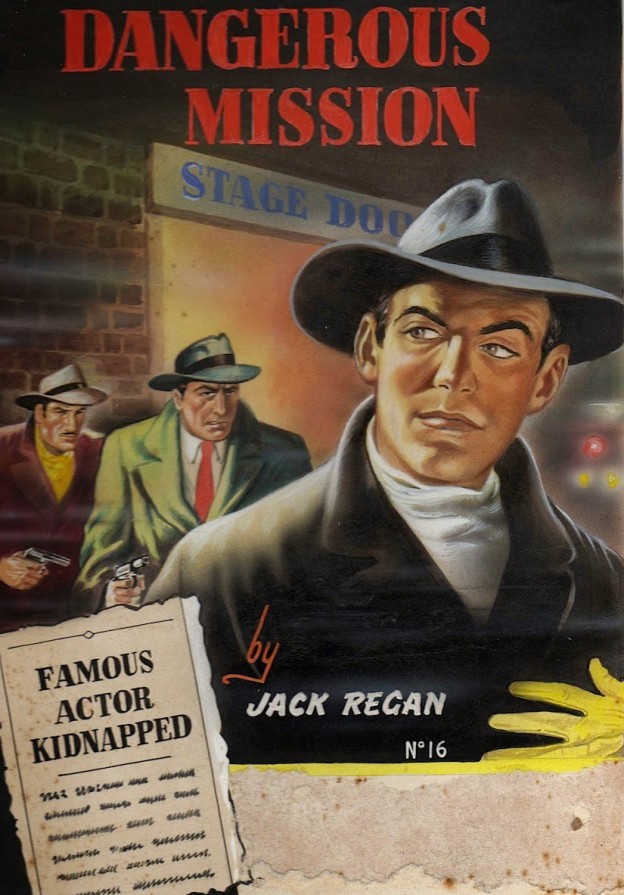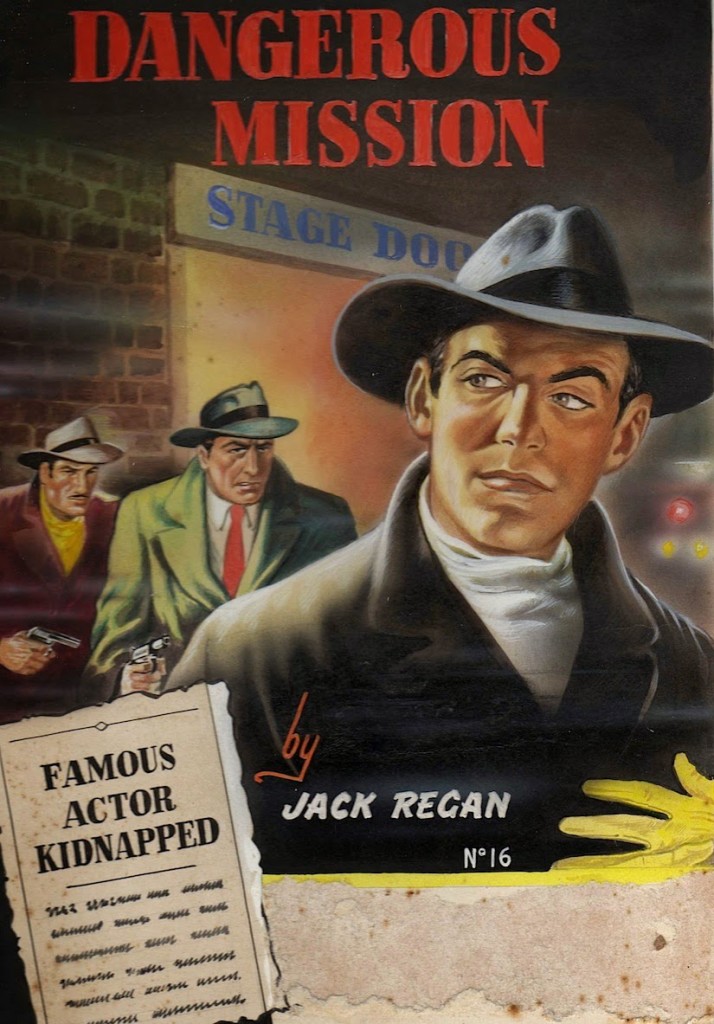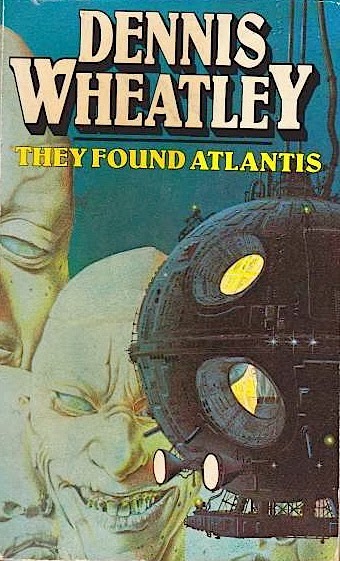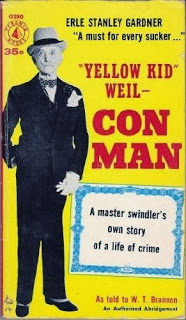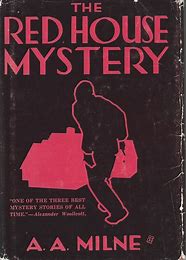 Most readers know A. A. Milne as the creator of Winnie-the-Pooh, Eeyore, and Tigger, but four years before these characters appeared Milne published his one true detective novel, The Red House Mystery (1922).
Most readers know A. A. Milne as the creator of Winnie-the-Pooh, Eeyore, and Tigger, but four years before these characters appeared Milne published his one true detective novel, The Red House Mystery (1922).
By 1922 the forty-year old had become best known as a playwright and writer of screenplays for the cinema, as well as being a prolific contributor to Punch, where his gently humorous style gained him many fans. Thus the appearance of The Red House Mystery must have been welcomed by a growing number of his admirers as something of a novelty. Here was a comic writer trying his hand at a genre that was becoming increasingly popular in what later became known as ‘The Golden Age’ of crime fiction.
Milne’s debut proved immediately popular. The well known critic Alexander Woollcott even went so far as to call The Red House Mystery ‘one of the best mystery stories of all time.’ The action was set (where else?) in a country house party hosted by Mark Ablett and attended by a handful of minor characters. At some point Robert, Ablett’s black sheep of a brother, who was living in Australia, turns up and before long is found shot dead in the head. Another guest, Tony Gillingham, appoints himself a latter day Sherlock Holmes and with the help of his friend as Dr Watson, this pair of amateur sleuths get to work on what appears to be a very puzzling crime indeed.
Milne was a graduate in mathematics from Cambridge and so it comes as no great surprise that at the centre of the book is a logic puzzle, but Raymond Chandler, who twenty-two years later was to demolish the raison d’etre of the Red House Mystery in The Simple Art of Murder, had serious reservations regarding the credibility of the plot. To him the novel was:
‘ an agreeable book, light amusing in the Punch style, written with a deceptive smoothness that is not as easy as it looks . Yet however light in texture the story may be, it is offered as a problem of logic and deduction. If it is not that, it is nothing at all. There is nothing else for it to be …’ Continue reading

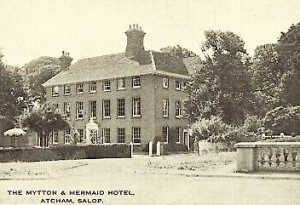
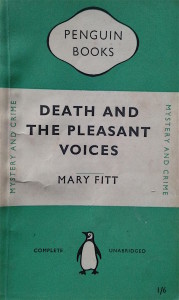
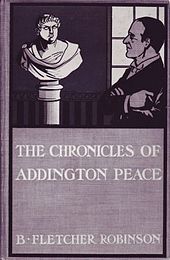
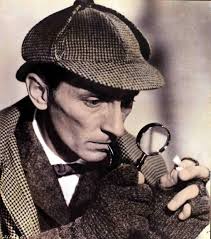 We all know about the nerds who post online corrections to errors or omissions in books, films, dramatisations and the like. Well back in 1987 , before the Internet made it all too easy, there were people like R. Lujer, who typed their complaints to—in this case—the publisher of Peter Haining’s The Television Sherlock Holmes. Haining, who was doubtless royally entertained by this particular letter, kept it in his Archive. Here it is in full.
We all know about the nerds who post online corrections to errors or omissions in books, films, dramatisations and the like. Well back in 1987 , before the Internet made it all too easy, there were people like R. Lujer, who typed their complaints to—in this case—the publisher of Peter Haining’s The Television Sherlock Holmes. Haining, who was doubtless royally entertained by this particular letter, kept it in his Archive. Here it is in full.
